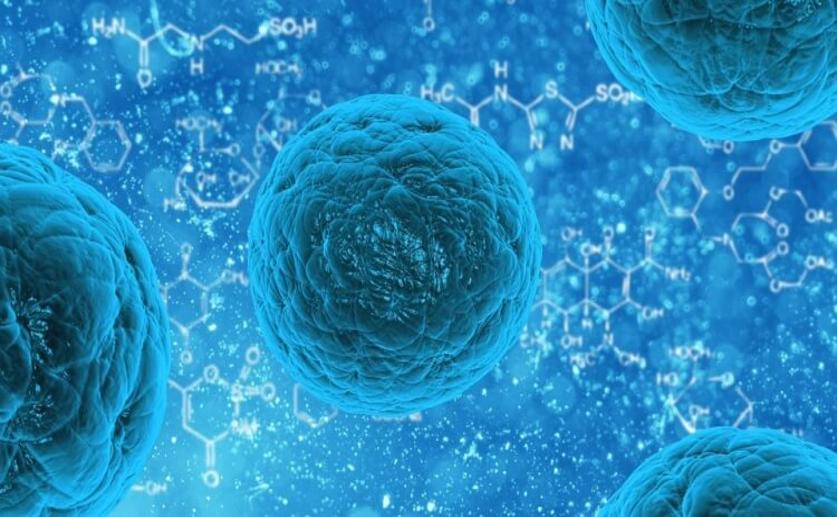
This archived news article is over 5 years old.
Researchers Differentiate Stem Cells into Functional Osteoblasts by Using a Single Chemical Signal
Stephanie Wolek
31st August, 2016


Stephanie Wolek
31st August, 2016
